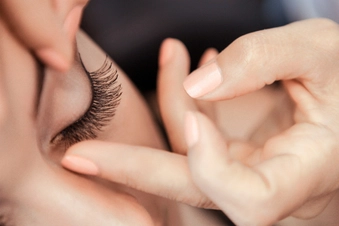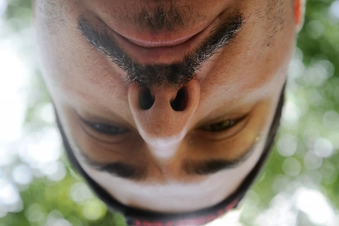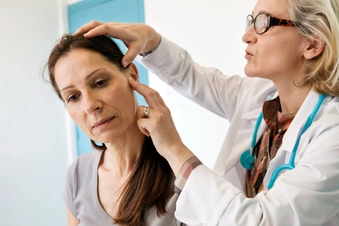Alopecia Areata: Ways to Protect Your Affected Skin

Wear Shades
They may be small, but when eyelashes disappear, your eyes feel it. Shield them from the sun outdoors by staying in sunglasses that block ultraviolet (UV) rays as much as possible.

Don a Hairpiece
Wigs and hairpieces aren’t just for changing your appearance. When you wear one, your scalp is protected from UV rays and other elements.

Use Accessories
Although a wig can shield UV rays, scarves and hats do a better job of shielding you from sun damage (while keeping your bare head warm). Some hats come with UPF 50+ for the ultimate protection.

Slather on Sunscreen
Everyone needs sunscreen, whether you deal with alopecia or not. But with extra skin showing, be diligent about applying sunblock. Choose oil-free and 20-minute water-resistant products that really coat, and reapply every few hours.

Attach False Lashes
Without lashes, your eyes are vulnerable to dust and other airborne particles. False lashes can help filter out irritants – and look fabulous to boot.

Coat Your Nose
If alopecia areata has left your nostrils bare, you’re defenseless against dust and germs. Ask your doctor about using an ointment just inside each nostril as an extra layer of protection.

Try Scalp Cream
Alopecia lotions or scalp makeup (similar to foundation makeup) can darken your scalp and camouflage hair loss while adding a barrier to your skin in the process.

Tame Stress
Alopecia areata can be unpredictable, and stress can add to the cycle. Add stress-relief routines into your day, such as meditation, yoga, or deep breathing exercises to keep your nervous system in check.

See an Expert
A board-certified dermatologist will know how to best treat your alopecia areata and can point you to helpful tips and aids to be sure you’re caring for your skin well after hair loss.

Reach Out
Many others have walked this hair loss road before you and are walking it alongside you. Through support groups and national organizations dedicated to alopecia, you can get valuable advice and find community.
Show Sources
IMAGES PROVIDED BY:
- Warchi / Getty Images
- Image Source / Getty Images
- Thomas Barwick / Getty Images
- bymuratdeniz / Getty Images
- Coral222 / Getty Images
- Davide Zanin / EyeEm / Getty Images
- Kevlaraz / Wikipedia
- triloks / Getty Images
- BSIP / Getty Images
- SDI Productions / Getty Images
SOURCES:
American Academy Dermatology Association: “Hair Loss Types: Alopecia Areata Self-Care.”
Skin Cancer Foundation: “Ask the Expert: How Can I Protect My Scalp Better?”
National Institute of Arthritis and Musculoskeletal and Skin Diseases: “Alopecia Areata: Diagnosis, Treatment, and Steps to Take.”
National Alopecia Areata Foundation: “Alopecia Areata Cosmetic Guide.”